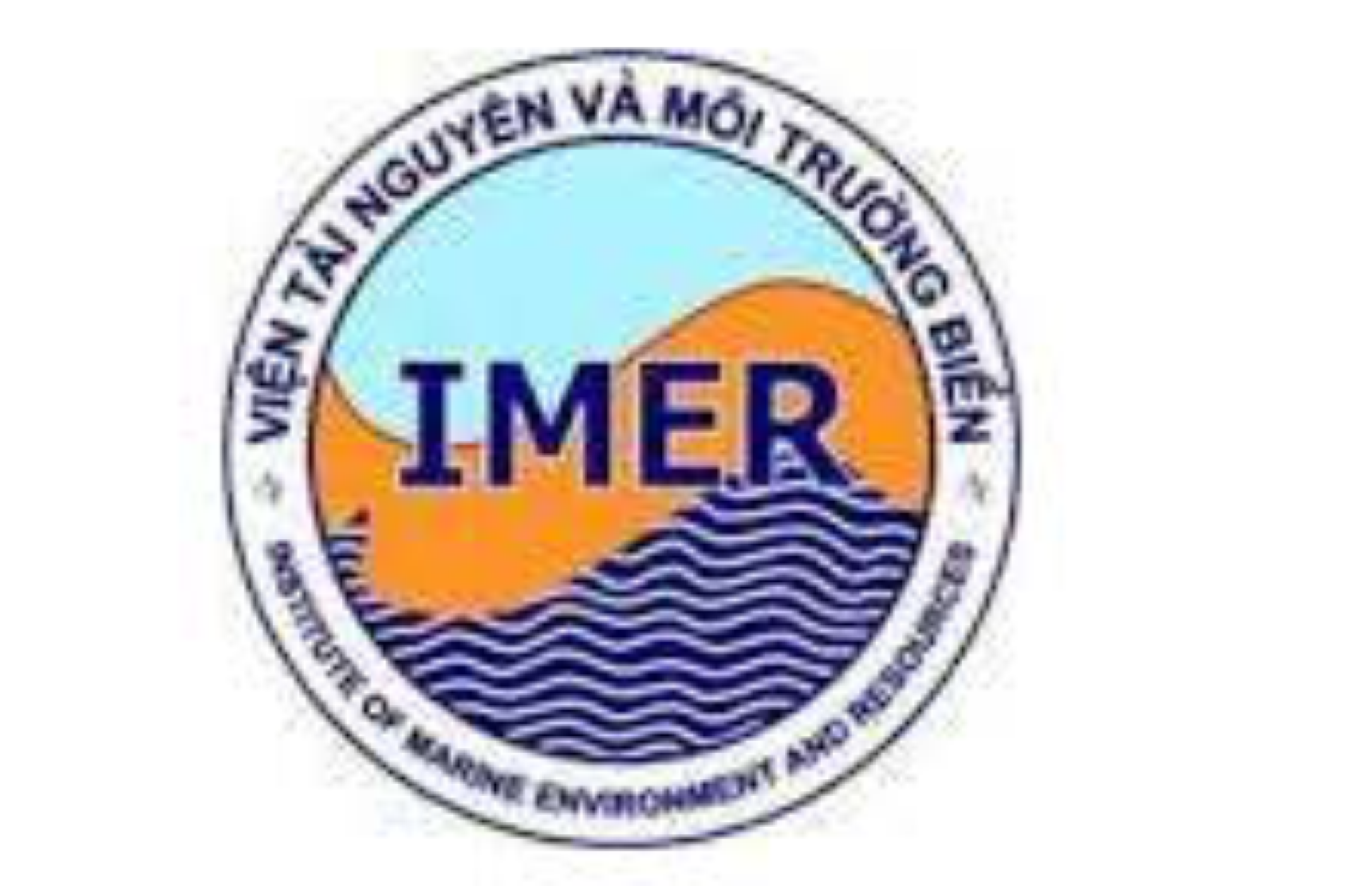CARBON SEQUESTRATION POTENTIAL IN MANGROVE FORESTS IN HAI PHONG COASTAL AREAS
Author affiliations
DOI:
https://doi.org/10.15625/1859-3097/15/4/7379Keywords:
Mangrove, carbon sequestration, Hai Phong.Abstract
Mangrove is known as a big carbon sink in coastal areas. It is an important organic carbon source which provides for coastal ecosystems. The assessment of the carbon sequestration potential of mangrove contributes to making a scientific base for mangrove conservation and rehabilitation. In this study, the carbon sequestration of mangrove in the Hai Phong coastal areas was measured at three dominant species of mangrove Rhizophora stylosa Griff; Kandelia obovata Sheue, Liu & Yong and Sonneratia caseolaris (L.) Engl. The result of the assessment was described by the net canopy photosynthesis (PN), above and below ground biomass (AGB and BGB), and organic carbon content in sediment. The result showed that the PN ranged from 31.94 ± 1.59 tC.ha-1.yr-1 to 34.83 ± 1.95 tC.ha-1.yr-1 with the R. stylosa community being highest. Above and below ground biomass C stock ranged from 4.03 ± 0.31 t.ha-1 to 294.43 ± 24.67 t.ha-1 and from 2.38 ± 0.16 t.ha-1 to 114.16 ± 8.9 t.ha-1, respectively. S. caseolaris community had the highest biomass and R. stylosa community had the lowest biomass. The measurements of C stock in mangrove biomass for three species were R. stylosa (2.69 ± 0.19 t.ha-1); K. obovata (6.72 ± 0.34 t.ha-1) and S. caseolaris (171.61 ± 14.1 t.ha-1). The organic carbon content of sedimentscores at 10 cm depth ranged from 685.63 milligram.kg-1 of se. dry to 2676.64 milligram.kg-1 of se. dry and at 40 cm depth ranged from 937.38 milligram.kg-1 of se. dry to 2557.55 milligram.kg-1 of se. dry. The total organic carbon was stored highest in the R. stylosa community.Downloads
Metrics
References
Eong, O. J., 1993. Mangroves-a carbon source and sink. Chemosphere, 27(6): 1097-1107. DOI: https://doi.org/10.1016/0045-6535(93)90070-L
Kathiresan, K., and Bingham, B. L., 2001. Biology of mangroves and mangrove ecosystems. Advances in marine biology, 40, 81-251. DOI: https://doi.org/10.1016/S0065-2881(01)40003-4
Clough, B. F., 1997. Mangrove ecosystems. Survy manual for tropical marine resources, 2nd edn. Australian Institute of Marine Science Townsville, 119-196.
Eong, O. J., Khoon, G. W., and Clough, B. F., 1995. Structure and productivity of a 20-year-old stand of Rhizophora apiculata Bl. mangrove forest. Journal of Biogeography, 417-424. DOI: https://doi.org/10.2307/2845938
Alongi, D. M., 2007. The contribution of mangrove ecosystems to global carbon cycling and greenhouse gas emissions. Greenhouse gas and carbon balances in mangrove coastal ecosystems. Maruzen, Tokyo, 1-10.
Bouillon, S., Connolly, R. M., and Lee, S. Y., 2008. Organic matter exchange and cycling in mangrove ecosystems: recent insights from stable isotope studies. Journal of Sea Research, 59(1): 44-58. DOI: https://doi.org/10.1016/j.seares.2007.05.001
Cebrian, J., 2002. Variability and control of carbon consumption, export, and accumulation in marine communities. Limnology and Oceanography, 47(1): 11-22. DOI: https://doi.org/10.4319/lo.2002.47.1.0011
Green, E. P., Mumby, P. J., Edwards, A. J., Clark, C. D., and Ellis, A. C., 1997. Estimating leaf area index of mangroves from satellite data. Aquatic Botany, 58(1): 11-19. DOI: https://doi.org/10.1016/S0304-3770(97)00013-2
English, S., Wilkinson, C. and Baker, V. 1997. Survey Manual for Tropical Marine Resources. ASEAN-Australian Marine Science Project: Living Coastal Resources by the Australian Institute of Marine Science, Townsville, Australia, 390 pp.
Nguyễn Tiến Bân, 1997. Cẩm nang tra cứu và nhận biết các họ thực vật hạt. Nxb. Nông Nghiệp, Tr. 532.
Võ Văn Chi và Dương Đức Tiến, 1978. Phân loại học thực vật bậc cao. Nxb. Khoa học kỹ thuật Hà Nội, 549 tr.
Tomlinson, P., 1986. The Botany of Mangroves. Cambridge tropical biology series, 413 p.
Komiyama, A., Poungparn, S., and Kato, S., 2005. Common allometric equations for estimating the tree weight of mangroves. Journal of Tropical Ecology, 21(4): 471-477. DOI: https://doi.org/10.1017/S0266467405002476
Kathiresan, K., Anburaj, R., Gomathi, V., and Saravanakumar, K., 2013. Carbon sequestration potential of Rhizophora mucronata and Avicennia marina as influenced by age, season, growth and sediment characteristics in southeast coast of India. Journal of Coastal Conservation, 17(3): 397-408. DOI: https://doi.org/10.1007/s11852-013-0236-5
Tue, N. T., Dung, L. V., Nhuan, M. T., and Omori, K., 2014. Carbon storage of a tropical mangrove forest in Mui Ca Mau National Park, Vietnam. Catena, 121, 119-126. DOI: https://doi.org/10.1016/j.catena.2014.05.008
Viện Thổ nhưỡng Nông hóa, 1998. Sổ tay phân tích, đất, nước, phân bón, cây trồng. Nxb. Nông nghiệp, Hà Nội.
Vũ Mạnh Hùng, Nguyễn Đắc Vệ, Đàm Đức Tiến, Cao Văn Lương, Phạm Văn Chiến, 2014. Nghiên cứu, đánh giá hiện trạng cấu trúc và khả năng hấp thụ cacbon của rừng ngập mặn khu vực đầm Nại, Ninh Thuận. Tiểu ban Đa dạng sinh học và bảo tồn trong Tuyển tập Hội nghị toàn quốc về sinh học biển và phát triển bền vững lần thứ II. Tr. 97-106.
Clough, B. F., Patanaporpaiboon, P., and Poungparn, S., 2000. Forest structure and carbon fixation by mangroves at Chumphon, Southern Thailand. Carbon Fixation and storage in coastal ecosystems-phase, 2, 10-16.
Alongi, D. D., and Dixon, P. P., 2000. Mangrove primary production and above-and below-ground biomass in Sawi Bay, southern Thailand. Phuket Marine Biological Center Special Publication-pages: 22, 31-38.
Tamai, S., Tabuchi, R., Ogino, K., and Nakasuga, T., 1986. Standing biomass of mangrove forests in southern Thailand. Journal of the Japanese Forestry Society (Japan), 68(9): 384-388.
Komiyama, A., Ogino, K., Aksornkoae, S., and Sabhasri, S., 1987. Root biomass of a mangrove forest in southern Thailand. 1. Estimation by the trench method and the zonal structure of root biomass. Journal of Tropical Ecology, 3(2): 97-108. DOI: https://doi.org/10.1017/S0266467400001826
Fromard, F., Puig, H., Mougin, E., Marty, G., Betoulle, J. L., and Cadamuro, L., 1998. Structure, above-ground biomass and dynamics of mangrove ecosystems: new data from French Guiana. Oecologia, 115(1-2): 39-53. DOI: https://doi.org/10.1007/s004420050489
Komiyama, A., Havanond, S., Srisawatt, W., Mochida, Y., Fujimoto, K., Ohnishi, T., Ishihara, S., and Miyagi, T., 2000. Top/root biomass ratio of a secondary mangrove (Ceriops tagal (Perr.) CB Rob.) forest. Forest Ecology and Management, 139(1): 127-134. DOI: https://doi.org/10.1016/S0378-1127(99)00339-4









